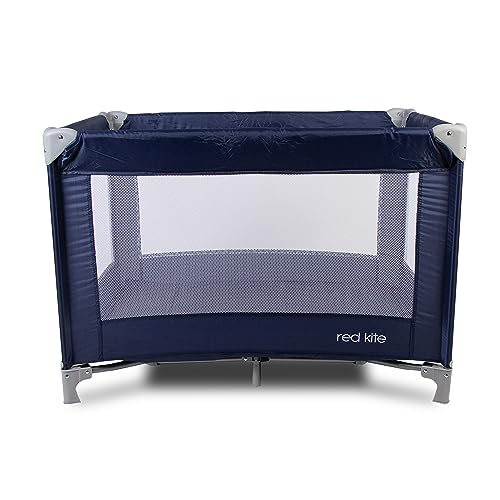How to Choose a Sale Cot
Mortuary cots are a vital piece of equipment for funeral hospitals and funeral homes. They permit staff to safely and with respect transport bodies. They also provide a hygienic and comfortable resting place for the body.
COTS items are important in the federal marketplace, but isn't easy to manage. This blog will explain how COTS items fit into GSA schedules and other government procurement regulations.
Cost-effectiveness
The use of commercial-off-the-shelf (COTS) products allows procurement agencies to gain efficiencies by purchasing items that are readily available from the marketplace. This helps reduce development time and reduces life-cycle costs. It lets procurement agencies take advantage of the latest advances in technology and experience in the field.
It is important to be aware that COT definitions can be subjective, and different organizations will interpret COTS items in a different way. This can be problematic for a company that relies on a consistent methodology to calculate government prices accurately. GPOs and wholesalers, for example, often have an inventory that is not the same as the list used by manufacturers to determine prices for government. A properly documented SOP and COTS reference library are essential elements in applying an effective and consistent process for determining COTs.
Reliability
The sale cot is a crucial purchase for mortuary facilities. It should be reliable and strong enough to withstand high-use. It should be easy to transport, and to set up. In the event of any problems after purchase the manufacturer should provide excellent customer service. Take feedback from your employees prior to making a final decision. They are the ones who use the cots, and can determine if the cot is durable and reliable.
Wholesalers and GPOs typically assign COT designations that don't coincide with the manufacturer's list. This is due to a variety of factors including changing business models, mergers and acquisitions. This poses challenges to the application of an unreliable lens to the classification of COTS.

Durability
Durability is key for sale cots since they have to be able to withstand heavy use and frequent transportation. Funeral homes often use these cots for displaying body remains, so they need to be able to withstand the weight of the casket as well as other items that are placed on top of them. Cots must be also resistant to corrosion and possess solid construction that is easy to put together and disassemble. It is also important to select a supplier that provides customer support and is able to assist with any issues that might arise following the purchase.
Solid wood cots are a great choice for baby furniture because they're durable enough to last a long time, and less likely to be contaminated with harmful chemicals or toxic off-gassing, unlike composite materials like MDF or chipboard. They also look more appealing than less expensive alternatives.
The Westport design by Silver Cross is a great option for those who want a cot and lounge chair in one. The cot is constructed of an extremely durable material, and it comes with three different levels of height for infants who are growing. The instructions may be confusing, but this cot is worth it once you understand them.
The Helinox Cot One is the most lightweight cot we tested however it's not as durable as the other models we evaluated. It's also more difficult to assemble since it's made up of many components. It's a comfortable cot and a good choice for backpackers. mini cotbed 's also 14 oz less than the Thermarest Luxury Lite or Sleep Rite.
Safety
If you supply cots, you must ensure that they meet the product safety standards. This is a crucial step to prevent injuries and deaths for children. This can be accomplished by asking your supplier if their products have been independently tested. Request that your supplier send you a copy their test results. You can also conduct your own test.
It's crucial to verify the safety of your cot prior letting your baby sleep in it, no matter if it's new or used. Look for a certificate of compliance from the manufacturer, and explicit labels and warnings. It should also be free of any sharp edges, protrusions, or gaps that could trap the child's foot or finger. There should be no footholds a child could use to climb out of the cot.
Make sure the mattress of a cot is flat and clean. It should be able to fit comfortably, without gaps. The bottom edge of the rail should not be more than 30mm from the bottom of the mattress. If the base of the cot is adjustable, ensure it is set to the lowest position.
Check that the slats and filler bars are securely secured, and don't contain any small holes that could catch clothing. Nuts, bolts and corner posts shouldn't protrude more than 5mm to stop a child from getting their fingers caught. Make sure that the cot isn't in close proximity to curtains or blinds that could easily be snatched by small hands.
Look for a label that shows the cot has passed mandatory tests and is compliant with Australian Standards AS/NZS2172:2003 Cots intended for household use - safety requirements. This is the only way to be sure that the cot you're purchasing is safe and suitable for sleep. It is illegal for second-hand stores and antique stores to sell antique cots that don't have certificates and labels.
Accidents can occur, despite the fact that most designers and manufacturers strive to make sure that their products are safe. Older cots used by previous children may not meet safety standards and can be a danger of death from suffocation or ingestion of foreign bodies.
